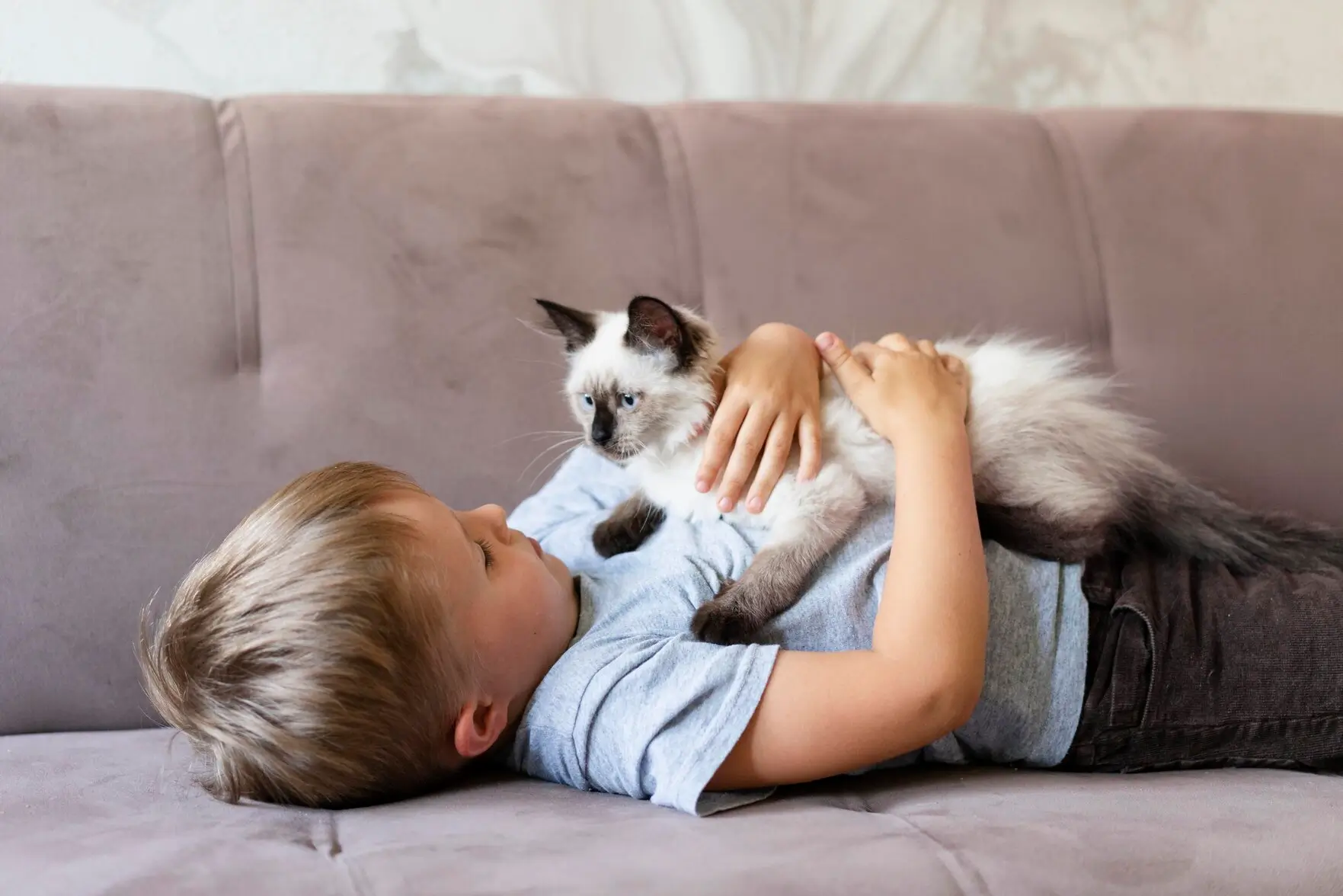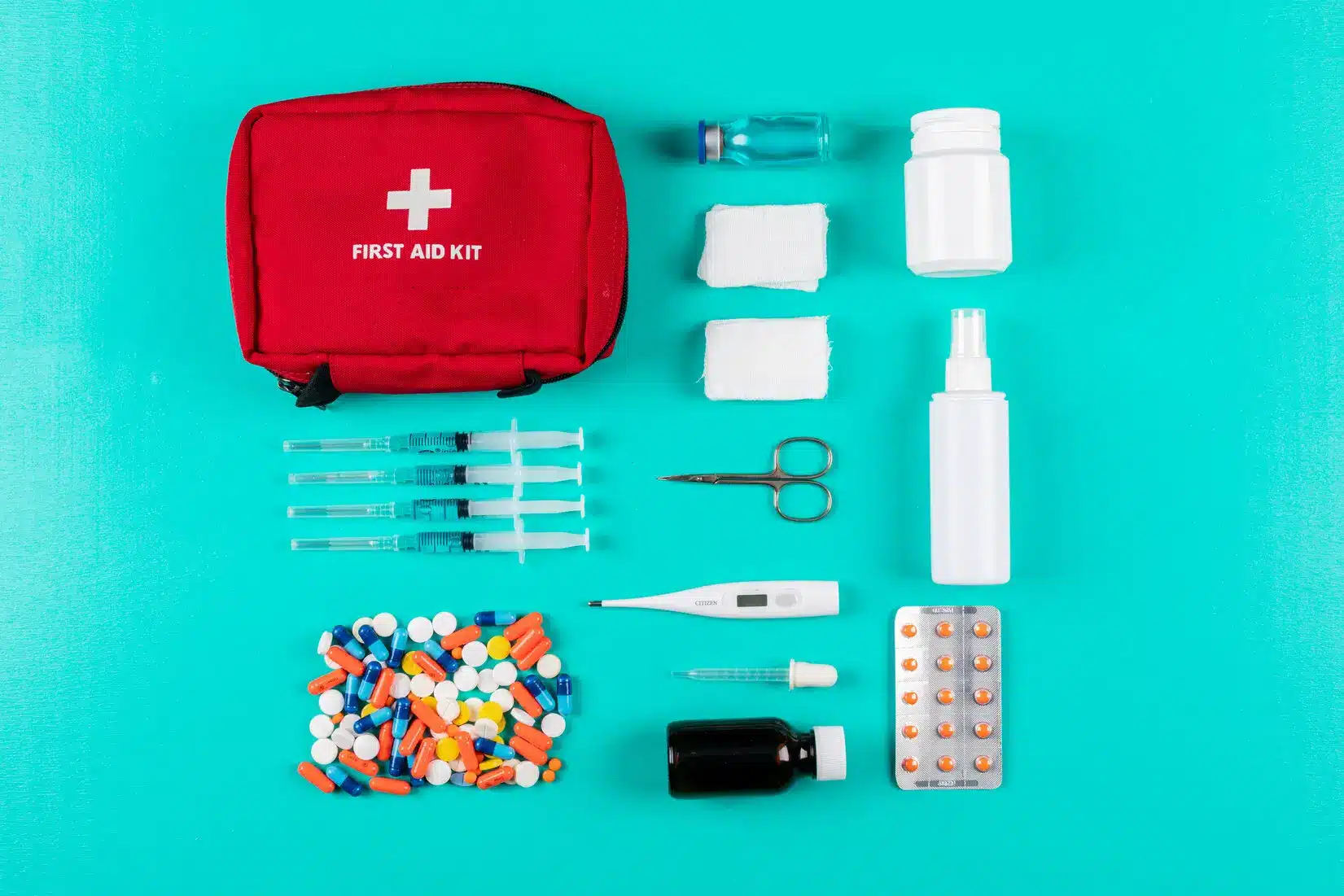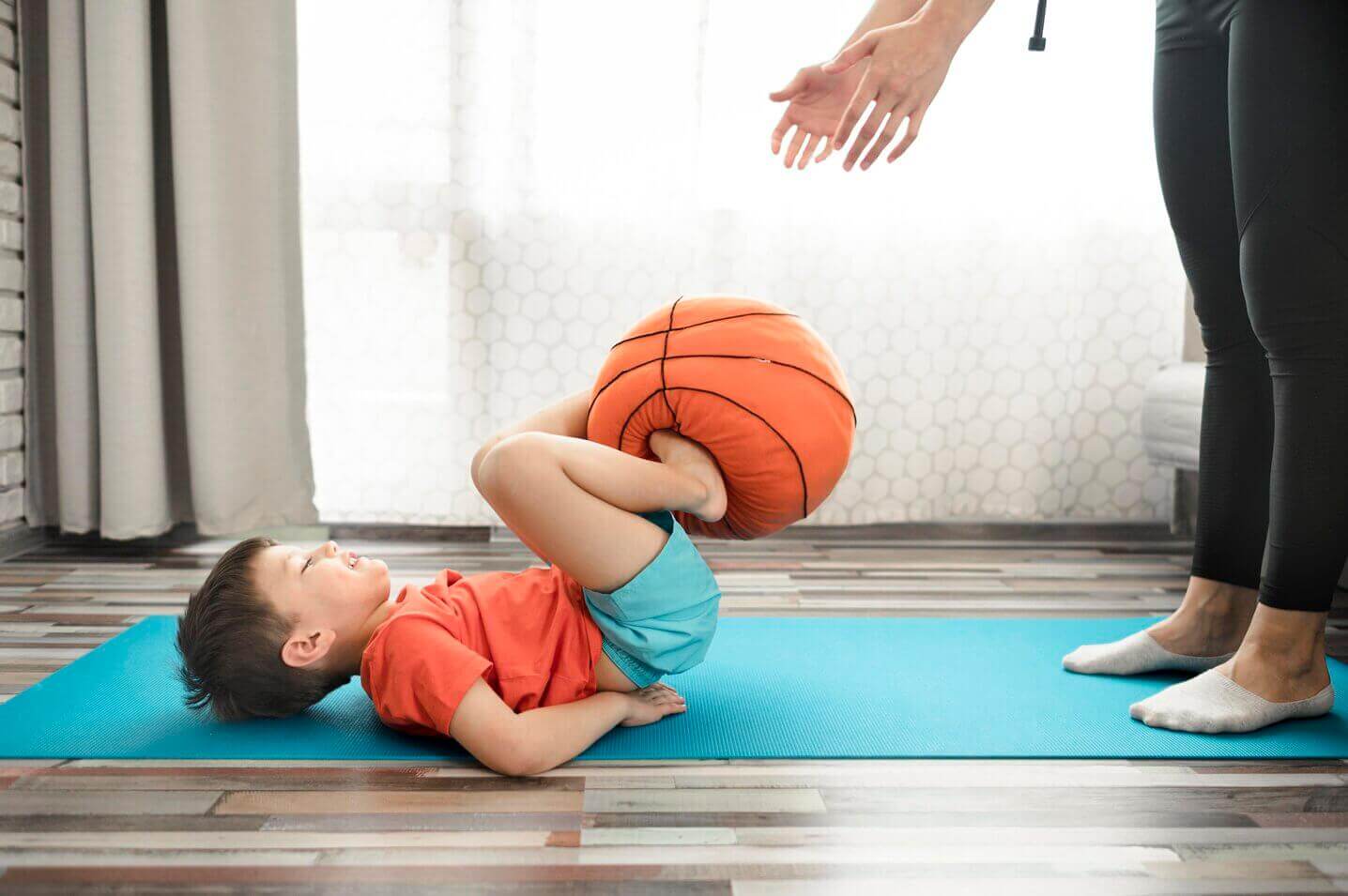Cats and infants share homes more often than you think, and parents want clear, calm guidance that actually works. Here you’ll learn how to set up your space, protect tiny immune systems, and help your cat feel secure. Quick answer: a safe routine, clean habits, and watchful eyes make this a happy pairing.
Health considerations
Cats and infants need sensible hygiene and vet care. Keep vaccinations, flea and worm control up to date, and book regular checks. Choose a quiet spot for the cat’s bed and a separate, clean zone for feeding and bottles. Wash hands after any contact with saliva, litter, or food bowls. If you manage stress for cats and infants, you prevent swats and scratches.
Good signs: relaxed ears, slow blinks, soft tail. Red flags: hissing, pinned ears, fast tail flicks. Call your GP or pediatricians if a bite breaks the skin, if a scratch looks infected, or if a fever follows contact. For allergy concerns can an infant be allergic to cats or newborns and cats allergies track symptoms and seek advice if they persist
Why vet care matters
Healthy pets shed fewer pathogens. Vaccines reduce disease risk. Parasite control lowers the chance of flea bites and tapeworm. Ask your vet about products safe for pregnant people and tiny babies in the house.
Keep a simple log of treatments and dates on your fridge so everyone stays on track. Notice behavior changes such as hiding, sudden vocalizing, or skipping meals. Pain can make an animal irritable; a quick check can prevent trouble.
Safety precautions for cats and infants
Cats and infants do best with clear rules. Never leave a sleeping baby alone with a cat. Keep the cot, Moses basket, and pram covered with breathable nets when unsupervised. Place the litter box far from nursery spaces, and secure bins with tight lids.
Use door stops and baby gates to manage access. Clip claws or use soft nail caps if your vet agrees. Teach older siblings that cats and infants are living beings, not toys.
Room rules that work
Close the nursery door during naps and night-time. Use window screens in warm weather. Store nappy bags on hooks, not the floor. Many bags have ribbons or cords that invite play. Teach a gentle stroke: one hand under the chin or along the back, never over the face or tail. A short house tour helps guests learn your rules too.
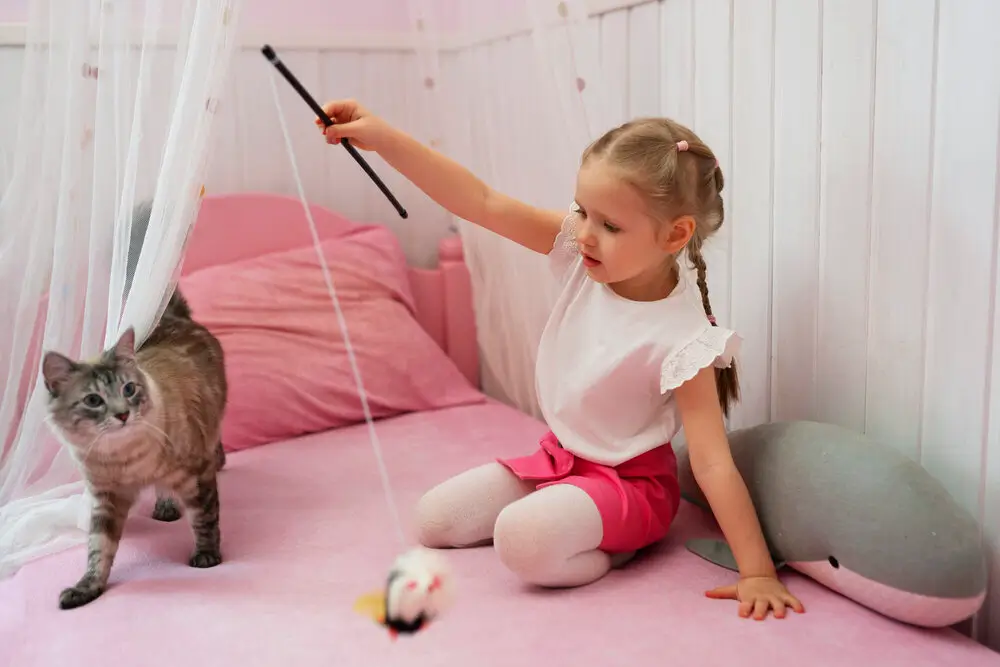
Home setup for cats and infants
Before the due date, prep zones for cats and infants. Create a cat-only retreat that kids can’t reach. Feed and water in a stable corner away from baby gear. Use a HEPA vacuum weekly, wipe hard surfaces daily, and wash cat bedding on a hot cycle. Store breast pumps and bottles in closed cupboards. Keep cat food and baby formula far apart to prevent mix-ups and pests.
Bottom line: cats and infants thrive with steady routines and watchful care.
Equipment check
Rockers, swings, and play mats look like cat beds. Fold them away after use. Choose furniture with washable covers. Keep spare sheets handy. Stick felt pads on door frames to soften accidental slams when paws explore.
Cleaning rhythm
Morning: wipe feeding surfaces, empty bins. Afternoon: quick vacuum. Evening: litter scoop, water refresh. Small habits work better than rare deep cleans.
How to introduce baby and kitty
A step-by-step plan for cats and infants that answers common concerns such as is it safe to have cats around newborns and supports healthy routines for pets and newborns.
Stage 1: Scent first
Bring home a baby-scented blanket. Let the cat explore on personal terms. Offer treats for calm curiosity. This gentle start helps babies and cats share spaces without stress.
Stage 2: Sound training
Play short recordings of infant cries at low volume. Reward relaxed behavior and end early. Gradual sound exposure reduces startle reactions often linked to cats and infants dangers.
Stage 3: Visual hello
Hold the baby while another adult offers treats at a distance. Keep sessions brief and end before tension rises. This sets up safe early views for newborn babies and cats.
Stage 4: Supervised closeness
Increase time together under active supervision. The cat stays on the floor; the baby rests on a lap or in a seat. Pause if stress signals appear. Structured sessions can answer whether newborns are around cats with practical steps.
Reading body language
Ears forward, slow blinks, and a loose body signal comfort. A thumping tail, dilated pupils, or a crouched stance call for space. Finish with a treat trail to the cat’s bed. Keep nails trimmed and place scratch posts to protect little legs and furniture simple habits that lower dangers of cats and infants.
With steady routines and watchful care, cats and infants can thrive. A calm plan like this makes everyday life safer while addressing worries such as are cats dangerous to babies, newborn with cats, and newborns and cats allergies.
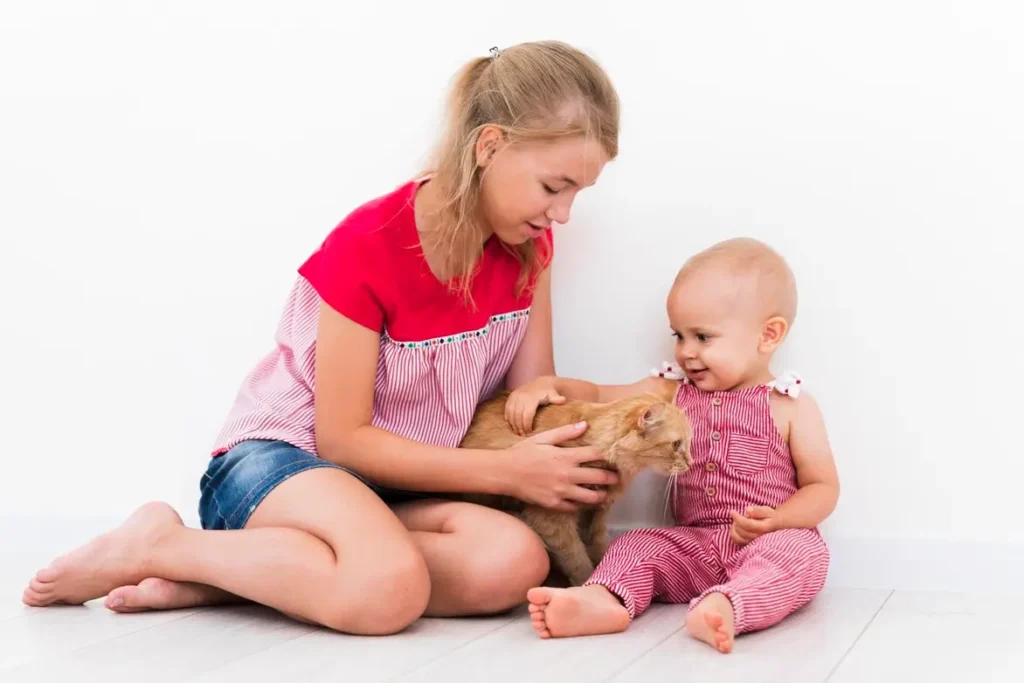
Real risks and fixes for cats and infants dangers
People worry about the dangers of cats and infants. Real risks include scratches, bites, and rare infections like cat scratch disease or toxoplasmosis. Lower the odds by keeping nails trimmed, using parasite control, and washing hands. Cover the cot when you’re not in the room. Don’t let a cat sleep in the cot. If a bite draws blood, clean with running water for five minutes and seek care the same day.
Cats and infants can live safely together with steady routines and supervision. Real risks are mostly scratches, bites, and uncommon infections.
Common risks
- Scratches and bites
- Rare infections (cat scratch disease, toxoplasmosis)
- Sleep-space hazards if a cat enters the cot
About infections
Cat scratch disease comes from Bartonella bacteria carried by fleas. Flea control cuts this risk. Toxoplasma can be present in faces; daily scooping reduces oocyst maturity. Pregnant people should avoid litter chores. Wash any bites with running water for five minutes, apply antiseptic, and seek medical advice the same day.
Scratches vs bites
Scratches may sting but often heal with cleaning. Bites inject bacteria deeper and need professional care.
When to seek medical advice
- Any cat bite that breaks skin
- Spreading redness, swelling, fever, or reduced feeding
- Eye injuries or scratches on the face
Allergy basics for cats and infants
Allergies are another concern with cats and infants. Signs include sneezing, rash, wheeze, or eye irritation. Newborns rarely show classic hay fever, but eczema or congestion can appear. Speak with your doctor if you suspect a cat allergy in newborn symptoms. Keep dander down with regular grooming, a lint roller on fabrics, and weekly vacuuming. Use a purifier with a true HEPA filter in living spaces.
When it might be allergy
Look for patterns: symptoms that flare in rooms with fabric sofas, heavy curtains, or bedding may relate to dander. Keep a diary noting time, place, and activity. Swap plush rugs for washable cotton. Launder soft toys weekly. A purifier with a HEPA filter helps in living spaces, but fresh air is free to open windows when weather allows.
Daily routines for cats and infants
Daily routines help cats and infants feel predictable. Feed the cat at the same time, and keep baby feeding gear sealed. Set a rule: no cat in the nursery at night. During tummy time, keep the cat occupied with a puzzle feeder in another room. Rotate toys so both baby and cat stay engaged without crossing wires.
Sample day plan
6am feed pet; 6.30am feed baby; 7am quick clean. Midday play with a wand toy while the baby naps in another room. Evening puzzle feeder during bath time. These small separations keep routines smooth and reduce competition for your attention.
Hygiene checklist for cats and infants
- Hygiene keeps cats and infants safer.
- Wash hands after handling litter, food, or drool.
- Scoop litter daily; deep clean weekly.
- Keep litter boxes off-limits to children.
- Disinfect hard surfaces used for changing or feeding.
- Cover prams and cots with breathable nets when unattended.
Cats and family safety
Safe sleep rules with cats and infants
Keep the baby in a cot or crib, on their back, in your room for the first six months. Do not share an adult bed for sleep, and keep the cot clear. Close the nursery door at night and use a breathable net when the baby sleeps and you’re not in the room.
Pregnancy notes for pets and newborns
If pregnant, avoid cleaning litter. If someone else must do it, clean daily, wear gloves, and wash hands after. Keep cats indoors and do not feed raw meat to lower risk. These steps lower exposure to toxoplasmosis.
Enrichment to reduce stress for cats and infants
Give your cat steady play and quiet hideouts so they feel secure with new sounds and smells. Reward calm behavior near the baby. Short, predictable sessions work better than long ones.
When to re-evaluate
If you see repeated hissing, swatting, or hiding, pause interactions and get advice from your vet or a qualified behavior team. If any bite breaks the skin, seek medical care the same day.
Myths vs facts
Myth: A pet will smother a sleeping baby.
Fact: The risk comes from any animal entering an unattended sleep space. Keep sleep zones pet-free and the door closed.
Myth: You must shave all fur.
Fact: Grooming and cleaning help more than shaving. A healthy coat sheds less dander when brushed.
Myth: Playtime together builds a bond faster.
Fact: Parallel play is safer. Let the animal chew a treat while the baby does tummy time nearby under watch.
Myth: A spray bottle stops bad behavior.
Fact: Reward what you want. Reinforce calm with treats and move the animal away before stress spikes.
Pets and Pregnancy Safety
A simple plan keeps pets and pregnancy low risk. Clear hygiene, routine care, and smart home setup protect both parent and baby while supporting cats and infants living together.
Litter Box Plan and Toxoplasmosis
Litter duties shift to another career whenever possible. If litter work must continue, daily scooping with gloves and careful handwashing reduces exposure linked to toxoplasmosis.
Indoor Life and Diet Choices
Keeping cats indoors lowers parasite contact. Skipping raw meat further reduces risk during pregnancy and supports a safer start for newborns with cats in the home.
Vet Care and Preventive Steps
Scheduled flea control, deworming, and up-to-date vaccinations add protection. Regular grooming and nail trims support calm handling after birth.
Home Setup Before Baby Arrives
A cot or crib stays cat-free. Nursery doors close during naps and nights, and baby areas remain separate from litter and feeding zones. Short scent-swap introductions prepare relaxed first meetings for babies and cats.
Allergy Awareness
For families tracking newborns and cats allergies, dander can be reduced with routine grooming and a HEPA filter. Ongoing sneeze, rash, or wheeze merits medical advice and possible testing.
Bite and Scratch Response
Any bite that breaks skin is rinsed under running water for five minutes, antiseptic is applied, and medical care is sought the same day. Scratches are cleaned and observed for redness or swelling.
Calm, Consistent Routines
With steady habits and clear boundaries, cats and infants share a safe home, and pets and pregnancy remains manageable and reassuring.
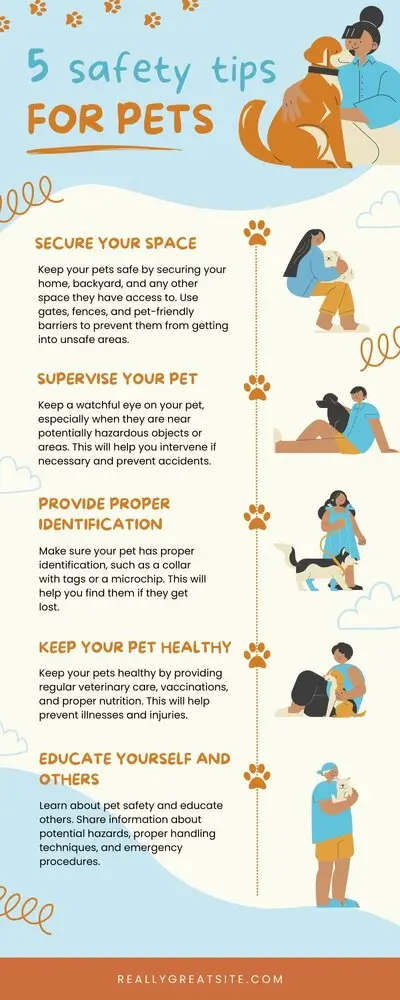
FAQs
Is it safe to have cats around newborns?
Ans: Yes, when you supervise, keep the cot cat-free, and maintain hygiene.
Can newborns be around cats?
Ans: Brief, calm, supervised time is fine. Watch for stress in the animal and any rash or cough in the baby.
newborn babies and cats: what about sleep?
Ans: Keep the nursery door closed at night and use a breathable net on the cot.
babies and cats: litter rules?
Ans: Place boxes away from play and food areas. Clean daily.
newborn with cats: what if there’s a scratch?
Ans: Wash for five minutes and contact your GP for advice.
Are cats dangerous to babies?
Ans: The bigger risk is unsupervised contact. Set boundaries and the risk drops.
Can an infant be allergic to cats?
Ans: Yes. Ask your doctor if you see hives, wheeze, or ongoing congestion.
Newborns and cats allergies: how to reduce symptoms?
Ans: HEPA filtration, regular cleaning, and keeping the nursery pet-free help.
Cat allergy in newborn: what’s the next step?
Ans: Keep a symptom diary and seek medical advice.
The newborn has allergies but we love our pet now what?
Discuss options like cleaning changes and medication with your clinician.
Newborn allergic to cats: do we need skin tests?
Ans: Your doctor will advise based on age and symptoms.
Pets and pregnancy: should we change anything?
Ans: Avoid litter handling during pregnancy and keep parasite control current.
Conclusion
A happy home with cats and infants runs on supervision, clean habits, and kind routines. Start small, keep it steady, and adjust as your family grows.

